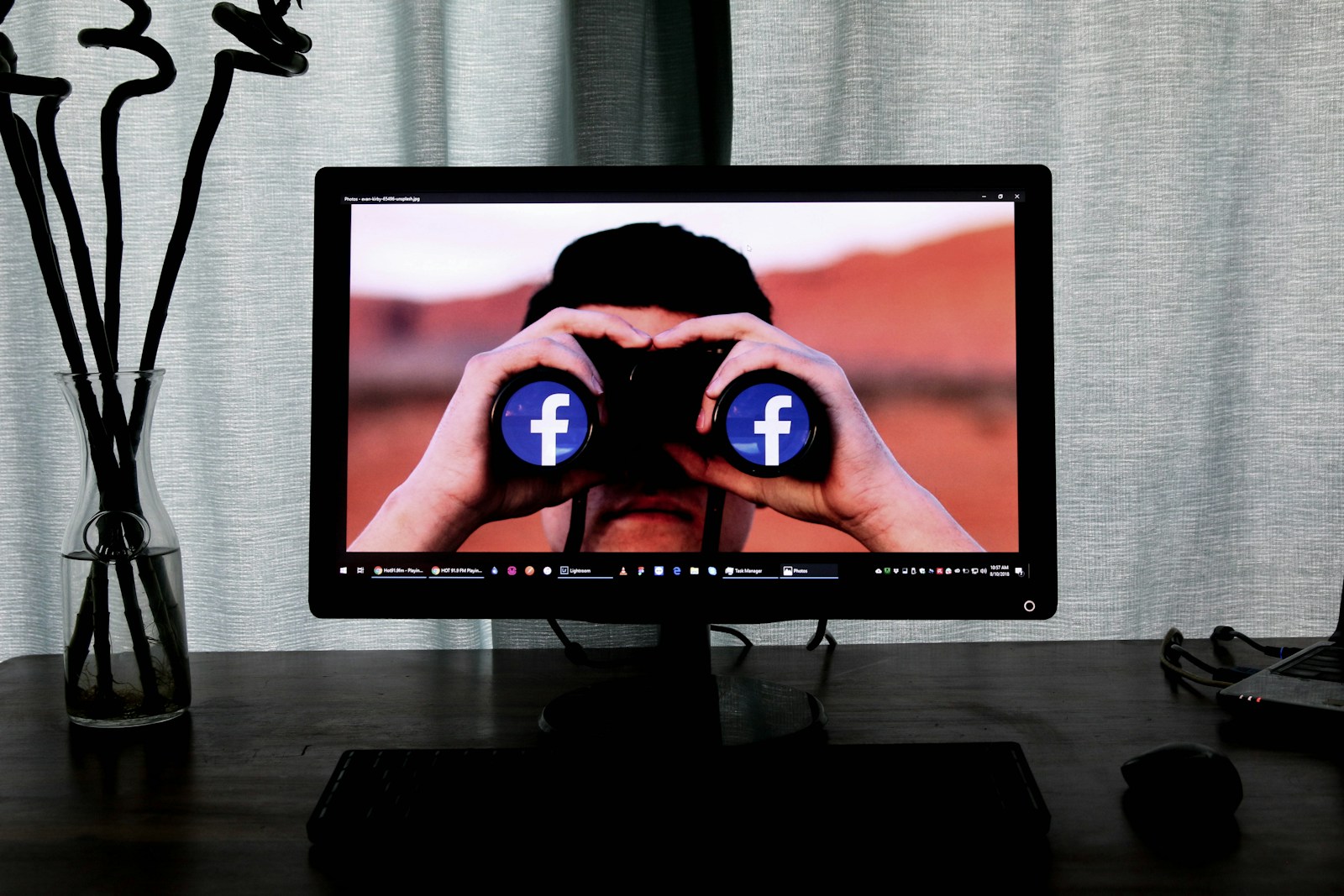Your cart is currently empty!
The Art of Influence: The Hidden Strategies Behind Shaping Public Perception

Summary
Operation Mockingbird, an alleged CIA program designed to influence media narratives, was exposed in the 1970s. While the official story claimed the program ended, subsequent documents and hearings reveal that its tactics never truly disappeared. From traditional media outlets to social media influencers, media manipulation continues today through social engineering techniques that exploit trust and shape public perception. In the digital age, critical thinking remains the public’s best defense.
The Origins of Operation Mockingbird: Media as a Tool for Influence
After World War II, the U.S. government recognized the power of media in shaping public opinion. This understanding led to what is widely known as Operation Mockingbird, an alleged CIA initiative that sought to influence both domestic and foreign audiences
Throughout the 1950s and 1960s, the CIA built relationships with journalists and editors from major outlets like The New York Times, The Washington Post, and Time magazine. The goal was to promote narratives that supported U.S. foreign policy while downplaying or discrediting views that challenged it.
By the mid-1970s, the Church Committee, a Senate investigation led by Senator Frank Church, revealed the extent of these operations. The committee’s findings showed that the CIA had hundreds of journalists on its payroll, using them to influence news coverage without the public’s knowledge.
The public was outraged. In response, CIA Director George H.W. Bush announced in 1976 that the agency would no longer pay accredited, full-time journalists. However, the new policy didn’t apply to freelancers or part-time contributors, which left the door open for continued media influence through less obvious channels.
While the headlines claimed Operation Mockingbird had ended, the tactics were never fully retired. The strategy simply evolved and adapted to new media landscapes.
Project Mockingbird and the Surveillance of Journalists
In 1963, the CIA initiated Project Mockingbird, a covert operation that involved wiretapping the phones of syndicated columnists Robert S. Allen and Paul Scott. This surveillance aimed to identify their sources of classified information leaks. Declassified documents from the Gerald R. Ford Presidential Library reveal that the operation monitored the journalists’ communications with high-level government officials, including members of Congress, White House staff, and the Department of Defense. The surveillance logs indicated 24-hour monitoring of both their homes and shared office. The primary goal was to trace the flow of sensitive information to the press, uncovering interactions with political operatives, lobbyists, and other influential figures who provided the journalists with classified data.
Religious Institutions: A Covert Channel of Influence
The media was not the only sector targeted. Declassified documents and a 1996 Senate Intelligence Committee hearing revealed that religious institutions were also utilized for intelligence purposes.
In 1977, the CIA established a policy prohibiting the use of American clergy for intelligence gathering. However, during the 1996 hearing, it was confirmed that the agency retained the authority to waive this restriction in cases of “unique and special threats to national security.” This waiver allowed religious leaders and missionaries to continue serving as covert assets in specific circumstances.

Religious organizations became tools of influence, by Lydia Matzal, via Unsplash
Reasons religious institutions were used, as outlined in the hearing:
- Travel to Remote Areas: Clergy members frequently travel to regions inaccessible to traditional intelligence personnel.
- Public Trust: Religious organizations often enjoy a high level of public trust, which can facilitate information gathering.
- Community Networks: Congregations naturally function as centers for community interaction and information exchange.
During the hearing, Dr. Don Argue, then-president of the National Association of Evangelicals, testified that involving religious personnel in intelligence work posed risks. He emphasized concerns that such activities could potentially endanger missionaries and undermine public trust in faith-based humanitarian efforts.
The Rise of Social Engineering
To understand how historical tactics connect to the present, it is essential to define social engineering. Social engineering is the psychological manipulation of individuals or groups to influence behavior, beliefs, and decision-making. While the term is often associated with cybersecurity scams, governments and corporations have long applied these principles to shape public perception on a mass scale.
Christopher Hadnagy, founder and CEO of Social-Engineer, LLC, describes framing as a core component of this manipulation. Framing refers to the way information is presented to guide interpretation. For example, a product labeled “75% lean” appears more appealing to consumers than one labeled “25% fat,” even though both describe the same product. Political messaging also uses framing to influence public perception. Terms like “bailout” and “economic stimulus,” though describing similar policies, evoke drastically different emotional responses depending on the chosen word.
The core tactics of social engineering include:
- Framing: Presenting information in a way that guides interpretation.
- Emotional Triggers: Using fear, anger, or hope to bypass rational analysis.
- Repetition: Repeating key phrases or narratives until they feel familiar and true.
- Credible Messengers: Leveraging figures or institutions that people inherently trust, such as journalists, clergy members, or influencers.
These tactics have evolved from newspaper headlines to hashtags, but the objective remains the same: shaping public perception and influencing societal behavior without the audience fully realizing it.
Social Media: A New Battlefield for Influence
In the digital age, social media platforms have become powerful tools for shaping public opinion. Algorithms on these platforms prioritize content that elicits strong emotional responses, often amplifying polarizing material. Recognizing this, various entities have adapted their strategies to leverage these dynamics.
Facebook and Cambridge Analytica: A Case Study
In 2016, Cambridge Analytica, a data analytics firm, collected personal data from millions of Facebook users without their consent. This information was used to create detailed psychological profiles, enabling the firm to target individuals with personalized political advertisements aimed at influencing opinions and behaviors. The firm maintained offices in London, New York City, and Washington, D.C., with connections to both British and American government agencies. While the company closed operations in 2018 following the Facebook Cambridge Analytica data scandal, records show its former offices in Virginia and New York were linked to strategic partnerships with entities like the UK Ministry of Defence, the U.S. State Department, and NATO.
The scandal highlighted how social media could be exploited to manipulate public perception on a large scale. Key aspects of the operation included:
- Data Collection: Gathering information from millions of Facebook profiles to identify psychological vulnerabilities.
- Micro-Targeting: Delivering tailored content designed to evoke emotional responses.
- Amplification: Engaging with Facebook groups to spread divisive narratives and increase ideological polarization.
A 2018 investigation by the UK Parliament revealed that Cambridge Analytica employed these methods to try to influence political events, including the 2016 U.S. presidential election and the Brexit referendum. In response to the scandal, Facebook revised its data privacy policies, but the incident underscored the ease with which public opinion could be shaped through algorithm-driven content.

Social media companies like Facebook are often tools for mass surveillance and influence, by Glen Carrie, via Unsplash
The tactics reportedly linked to programs like Operation Mockingbird have evolved over time. Today, similar strategies are implemented through digital platforms, utilizing psychographic profiling and algorithmic manipulation to influence the public discourse.
Influencers as Tools of Information Warfare
The rise of social media has given birth to a new class of information gatekeepers known as influencers. With followings that often surpass those of traditional media outlets, some of these digital personalities have become prime targets for political operatives, government agencies, and corporate interests seeking to shape public perception.
In 2022, the White House held a briefing with 30 social media creators, including TikTok influencer Aaron Parnas, who has publicly shared information related to the war in Ukraine. Parnas, an associate at Levi & Korsinsky and son of Rudy Giuliani’s former associate, Lev Parnas, was briefed on U.S. foreign policy to communicate it to his followers. At the time of publication, Parnas had approximately 3 million followers on TikTok and 740,000 followers on Instagram. The goal of the briefing according to CNN was to combat misinformation by equipping influencers with administration-approved talking points.
This outreach is part of a broader trend of utilizing social media figures to influence political discourse. In 2024, the Democratic National Convention credentialed 200 content creators while the Republican Party granted similar access to 70 influencers. The influencers, often unaffiliated with traditional journalism, received VIP treatment, including interviews with top officials and access to private events.
The Military Influencer Nexus
The Pentagon has also recognized the power of influencers. According to Rolling Stone, in 2023, the Department of Defense approved funds to support content involving MrBeast, the world’s most popular YouTuber, as part of a broader effort to address declining military recruitment. Although the project was later scrapped, it signaled the military’s intent to leverage social media personalities to shape public sentiment.
This strategy mirrors historical tactics allegedly used in Operation Mockingbird, where the CIA cultivated relationships with journalists to steer narratives during the Cold War. Today, rather than embedding agents within newsrooms, government agencies collaborate with social media influencers to disseminate official viewpoints.
How the Strategy Works:
- Recruitment Identify influencers with significant reach and engagement.
- Engagement Provide access to exclusive information or events to incentivize cooperation.
- Amplification Rely on algorithms to push the content to wider audiences.
- Normalization Repeat messaging across platforms to establish narratives as fact.
The Regulatory Gap
Despite the growing influence of social media personalities in public discourse, regulatory frameworks have failed to keep pace. The Federal Election Commission has yet to implement guidelines requiring influencers to disclose payments for political messaging, leaving voters in the dark about the true origins of the content they consume.
As the digital battlefield for public opinion expands, the historical playbook of narrative control appears to have been modernized for the algorithm age. The tools have evolved, but the core objective remains unchanged: influence public thought, one viral video at a time.
Facebook Groups and Digital Echo Chambers
The influence of Facebook groups as conduits for political messaging is well-documented. Research from the 2020 Facebook and Instagram Election Study found that Pages and Groups on Facebook contributed significantly to ideological segregation, creating echo chambers that shape public perception.

Facebook groups can become digital echo chambers where perceptions are subtly influenced, via Pixabay
These digital communities, while often presented as organic spaces for discussion, have been exploited to distribute misinformation, sow division, and amplify extremist narratives. The study revealed that political content shared by Facebook Pages and Groups displayed much more ideological divides than posts from individual users.
The mechanisms behind this influence follow familiar patterns:
- Creating Emotional Bonds: Group members develop a sense of community and loyalty, which reinforces trust in shared narratives.
- Introducing Polarizing Content: Content that triggers strong emotional responses is more likely to be engaged with, shared, and amplified.
- Reinforcing Echo Chambers: Users repeatedly exposed to consistent, one-sided information become less receptive to contradictory perspectives.
Additionally, the study found that algorithmically curated feeds, rather than chronological ones, kept users engaged longer, indicating how these platforms use psychological mechanisms to maintain attention and reinforce ideological positions.
Why Critical Thinking Matters More Than Ever
In today’s world, information spreads faster than ever, often without being fact-checked. Social media platforms, news outlets, and even influencers can shape public perception, sometimes without people realizing it. That is why critical thinking is essential. Here are some practical steps to approach information with more discernment:
- Pause When a Strong Emotion Arises
When a post triggers feelings of anger, fear, or excitement, it may be intentional. Emotional reactions are sometimes amplified to increase engagement. Pausing and verifying the information before sharing can prevent the spread of misinformation. - Look for Different Perspectives
Relying on a single source for information increases the risk of bias. Following a mix of independent journalists, international outlets, and fact-checking organizations can provide a more well-rounded understanding. If multiple, unrelated sources confirm the same information, it is more likely to be accurate. - Watch for Repeated Phrases
Repetition is a common technique used to reinforce ideas. If the same phrases or claims appear across various sources, it may be worth investigating further to determine whether the information is credible. - Understand the Role of Algorithms
Social media platforms prioritize content based on engagement patterns. Repeated exposure to the same narratives does not necessarily reflect their accuracy but may indicate the algorithm’s attempt to maintain user attention.
Practicing these habits can lead to more informed decisions based on verified facts rather than assumptions or emotions. Critical thinking remains a vital tool for navigating today’s complex information landscape.
Conclusion: The Power of Awareness
The historical record shows that intelligence agencies have collaborated with journalists to influence public perception, as revealed in congressional investigations. While Operation Mockingbird is often described as an alleged CIA program, the broader practice of media influence is well-documented. From print newspapers to television broadcasts to influencer videos, the tactics have evolved, but the core strategy remains the same: identify trusted messengers and use them to shape public understanding.
Research has shown that shaping narratives can influence public perception, guide behavior, and build support for policies. Studies on social media algorithms demonstrate how emotionally charged content is often amplified, reinforcing specific viewpoints and shaping the way individuals interpret events. Understanding these tactics empowers individuals to better evaluate the information they encounter.
The platform is not the problem. The tactics are. And awareness is the first step toward understanding the forces that shape public perception.
Share Your Perspective
Subscribe to Truthlytics today to stay informed and dive deeper into the issues that matter.
Already subscribed? Log in to join the conversation and share your thoughts in the comments below!




